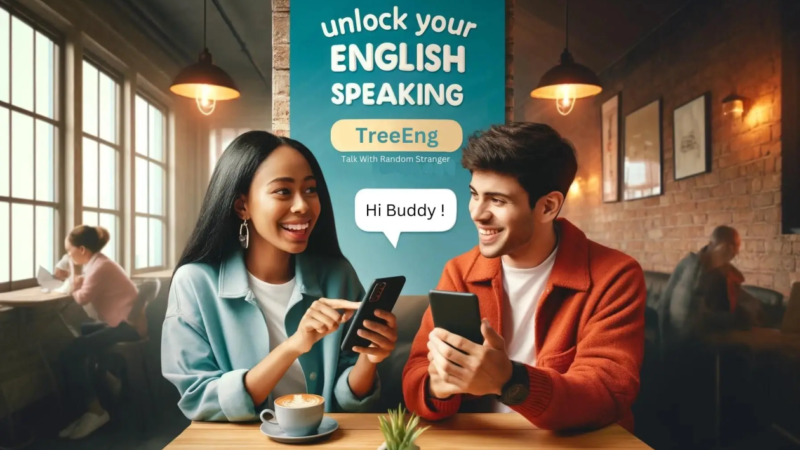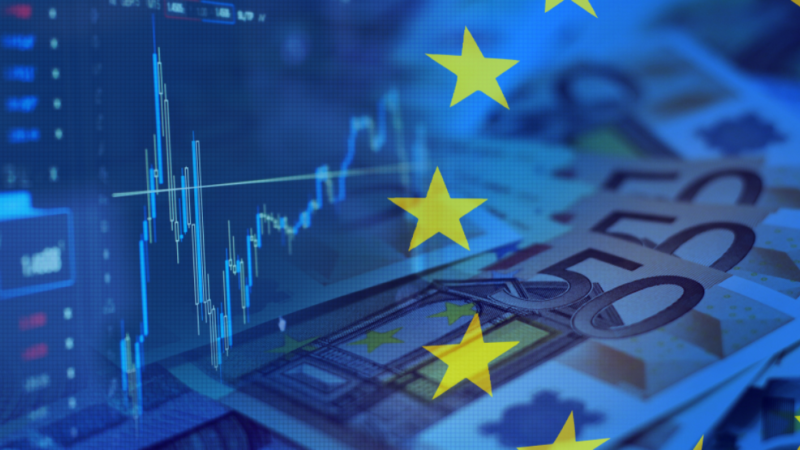Networking Made Easy: 5 Trade Show Strategies

If you’re also seeking strategies for an amazing trade show, then we’ve got you covered with networking techniques that can help you elevate your trade show. Organizing and executing such large events is always a daunting task. But, worry not! Let’s delve into the trade show marketing strategies without any further ado;
Best 5 Trade Show Strategies to Incorporate While Marketing
Let’s discuss the top ideas to consider while marketing your trade show;
Networking and Relationship Building
Encourage members of your team to make connections with attendees, influential people in the industry, and possible business partners. Developing sincere interactions is essential to gaining credibility and creating lasting commercial ties.
Trade exhibitions provide unrivalled chances for networking and establishing connections with important players in your sector. Encourage the employees at your booth to interact with guests in a warm and personable way by striking up a discussion and paying attention to their requirements and difficulties. Instead of utilizing overt sales pitches, concentrate on developing rapport and finding common ground to foster real connections.
Additionally, utilize networking opportunities such as cocktail receptions, industry peers, and after-hours social gatherings to establish connections with thought leaders and possible partners. Keep in mind that networking is a two-way street, so in addition to looking for business prospects, be ready to provide value and help to your relationships. Building deep connections inside the ecosystem of your business can help you establish your brand as a reliable partner, obtain insightful knowledge, and find new areas of cooperation.
Host Engaging Presentations or Workshops
Plan seminars, webinars or training sessions according to your product offers or area of expertise. As a thought leader, present insightful information that tackles the problems and difficulties faced by the participants.
However, workshops and educational sessions provide an opportunity for you to showcase your knowledge, impart insightful ideas, and interact more deeply with others. Therefore, choose subjects that are pertinent to the interests and problems of your target audience, then create content that offers answers and takeaways that are practical. Whether you’re hosting a panel discussion with prominent figures from the industry, a live product presentation, or an interactive workshop highlighting best practices, make sure the material you provide to participants is helpful, educational, and interesting.
To draw in more attendees, advertise your programs in advance using social media, email marketing, and venue signage. Invite guests to actively interact by posing queries, offering opinions, and sharing personal experiences. As a result, You may develop trust, set yourself apart from the competition, and generate credibility by establishing yourself as a thought leader and offering insightful instructional content.
Exclusive Promotions and Giveaways
Provide exclusive discounts, promos, or time-limited deals that are only accessible during the trade exhibition. Provide branded merchandise or premium gifts as well so that people will be able to hold onto your brand long after the event.
Moreover, giveaways and special promos are good methods to draw people to your trade fair booth and encourage interaction. Think about providing exclusive promotional offers or special discounts to participants at trade shows, such as a time-limited discount on product purchases or a free trial of your software platform. By stressing the deadline-sensitive nature of your offers and the advantages of acting during the event, you may instill a sense of urgency.
Furthermore, think of offering branded goods or freebies as well as discounts so that visitors may remember the trade fair with a keepsake. Select useful, superior products that complement your company image, including tech devices, branded clothing, or environmentally responsible accessories.
Post-Show Engagement and Follow-Up
Continue the momentum after the trade exhibition ends. Post-event highlights on social media, write a blog post about your experience and keep fostering prospects with targeted follow-up emails.
The next stage of engagement begins after the trade show ends, not when your marketing activities conclude. Utilize the post-show time to build on the energy created at the event, expand your reach, and reaffirm your brand presence. To keep fans updated and interested, post images, highlights, and important lessons learned at the trade show on your company’s social media accounts. Post a blog entry or essay that summarizes your experience at the function, focuses on significant events, and emphasizes any honours or distinction you may have earned. Time is of the essence when it comes to following up with leads.
Additionally, within a few days following the event, send out individualized follow-up emails or messages to thank guests for coming and restate the benefits of your goods or services. Offer extra materials, offers, or information to participants in order to better meet their requirements and show your support for their achievement. Leads may be nurtured and brought closer to conversion by you by being in their minds and keeping in constant contact.
Measure and Analyze Performance Metrics
Keep checks on important performance metrics like lead conversion rates, booth traffic, and return on investment to assess the effectiveness of your trade show participation. Utilize data-driven insights to enhance future trade show results and improve your plans.
According to a phrase, “What gets measured gets managed.” In order to evaluate the success of your trade show marketing initiatives, you must set specific goals and monitor pertinent performance indicators during the show. To collect and evaluate data in real time, make use of digital tools, analytics platforms, and lead management platforms.
Additionally, track metrics like engagement levels, lead capture rates, conversion rates, and booth traffic to evaluate the effectiveness of your efforts and pinpoint areas that need work. To get qualitative feedback and insights into participants’ experiences, poll or interview booth personnel after the event.
Additionally, evaluate ROI holistically by taking into account both intangible advantages (like brand recognition and thought leadership) and quantifiable outcomes (like sales income and lead creation). Equipped with useful information and understanding, you may improve the outcomes of each event you host by honing your trade show marketing tactics and allocating resources as efficiently as possible.
In conclusion, successful trade show marketing requires a combination of strategic planning, creativity, and continuous refinement. Implement these five proven strategies to elevate your trade show presence by attracting qualified leads, and ultimately achieve your business objectives.






